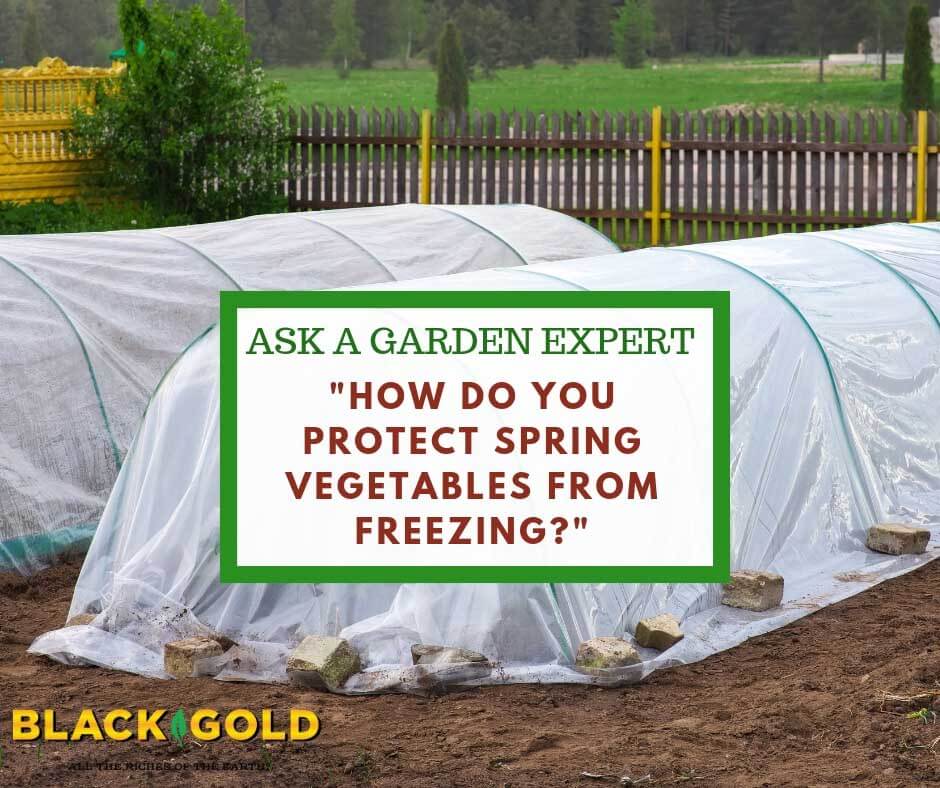
“If you plant your veggie garden and the weather calls for freezing what is the best thing to cover your plants with?” Question from Donna or Newberry, South Carolina.
Answer: There are several ways to protect veggies from unexpected spring freezes. Here are the best options:
1. Floating row covers: Frost cloth is readily available at most garden centers or online garden sources, and it will protect vegetables from hard frosts if applied the day before frost is expected. You can simply cover vegetables with the cloth like a blanket and hold down the edges with pins or rocks. Proper application is important. Cover plants or garden areas completely and close all openings along the edge to hold in warmth. You can also drape row tunnels or hoops with frost cloth or greenhouse plastic sheeting if your plants are a bit taller. Tunnels or hoops are a bit more expensive, but if you plant a vegetable garden yearly they may be worth the money.
2. Frost protectors for individual plants: If you are trying to protect larger, single plants you can either cover them with frost cloth (a tomato cage makes a great structure to cover) or you can invest in frost protectors, such as plastic teepees. Glass or plastic cloches or bell jars are more old-fashioned options for covering small plants, but they are also pricy. Some gardeners make their own “free” plastic cloches by cutting the bottoms off of 2-liter soda bottles.
Keep plants covered until the threat of frost has passed. These covers will hold warmth along the ground for some time, though they are only effective if temperatures don’t dip below 25 degrees F.
I hope this helps!
Happy Gardening,
Jessie Keith
Black Gold Horticulturist

